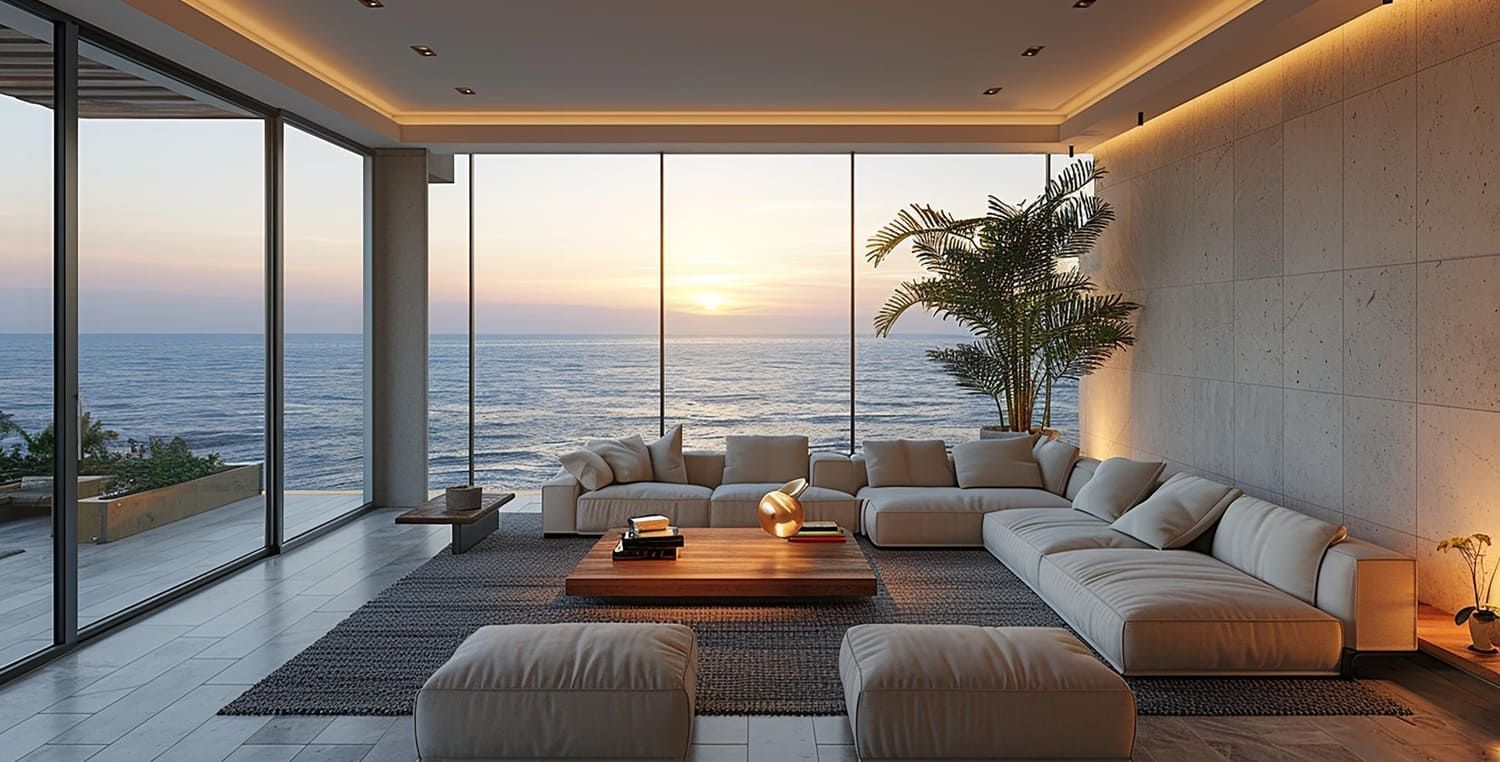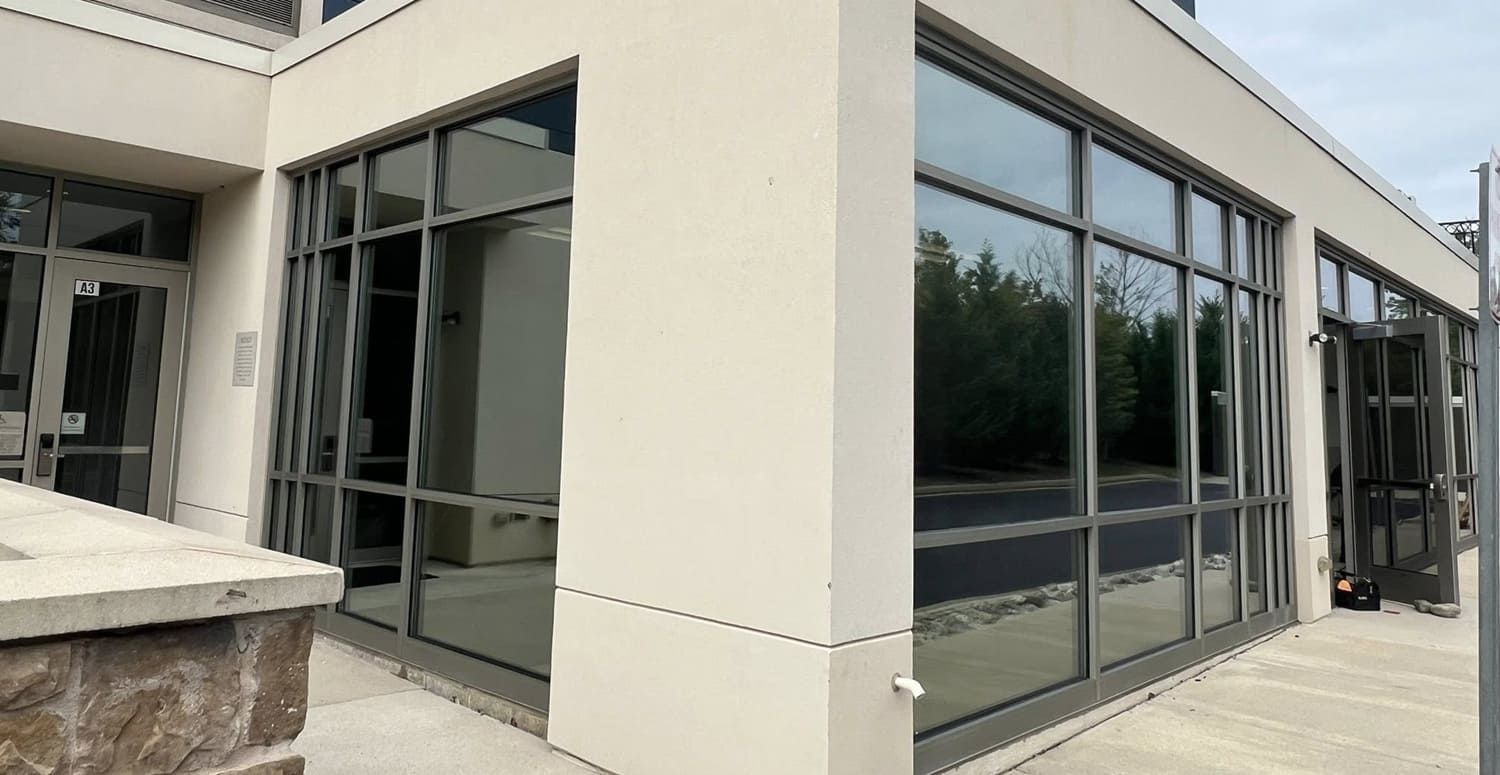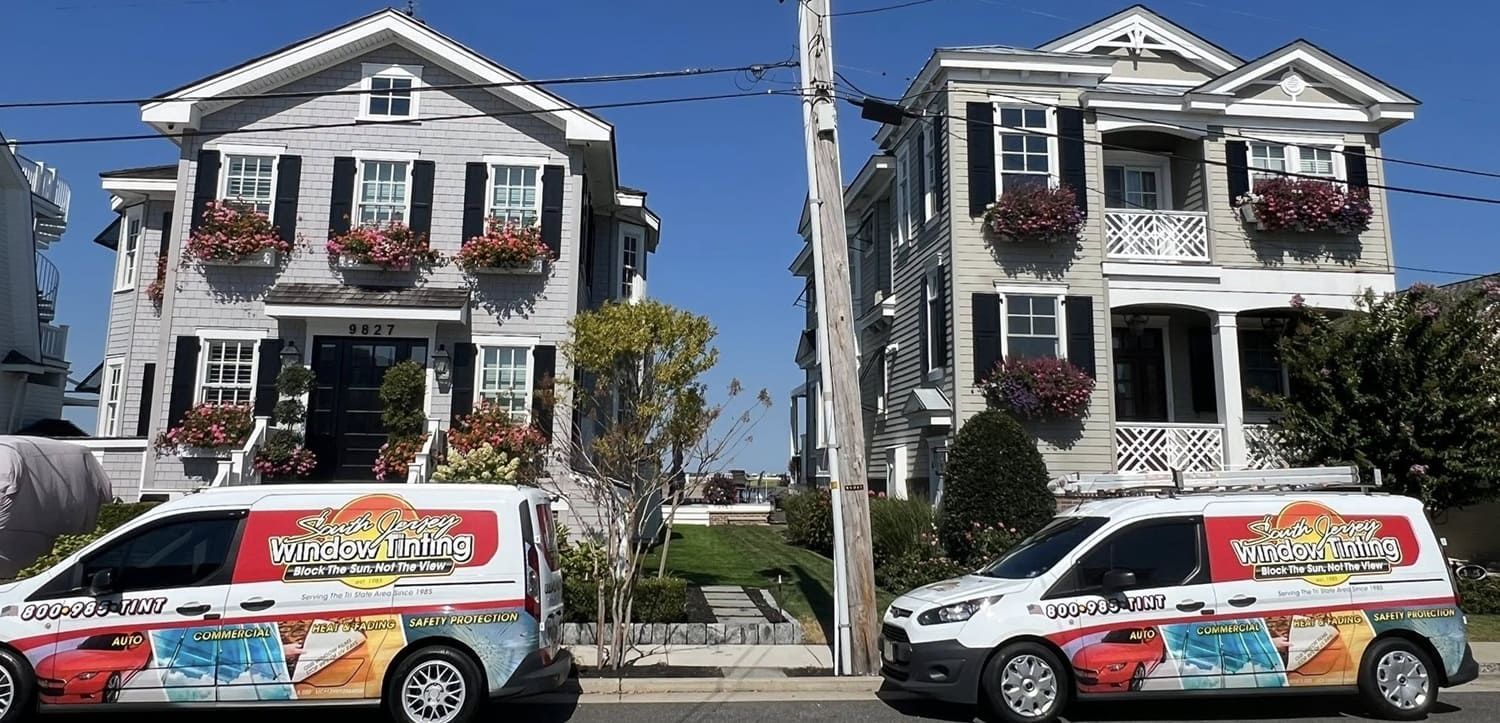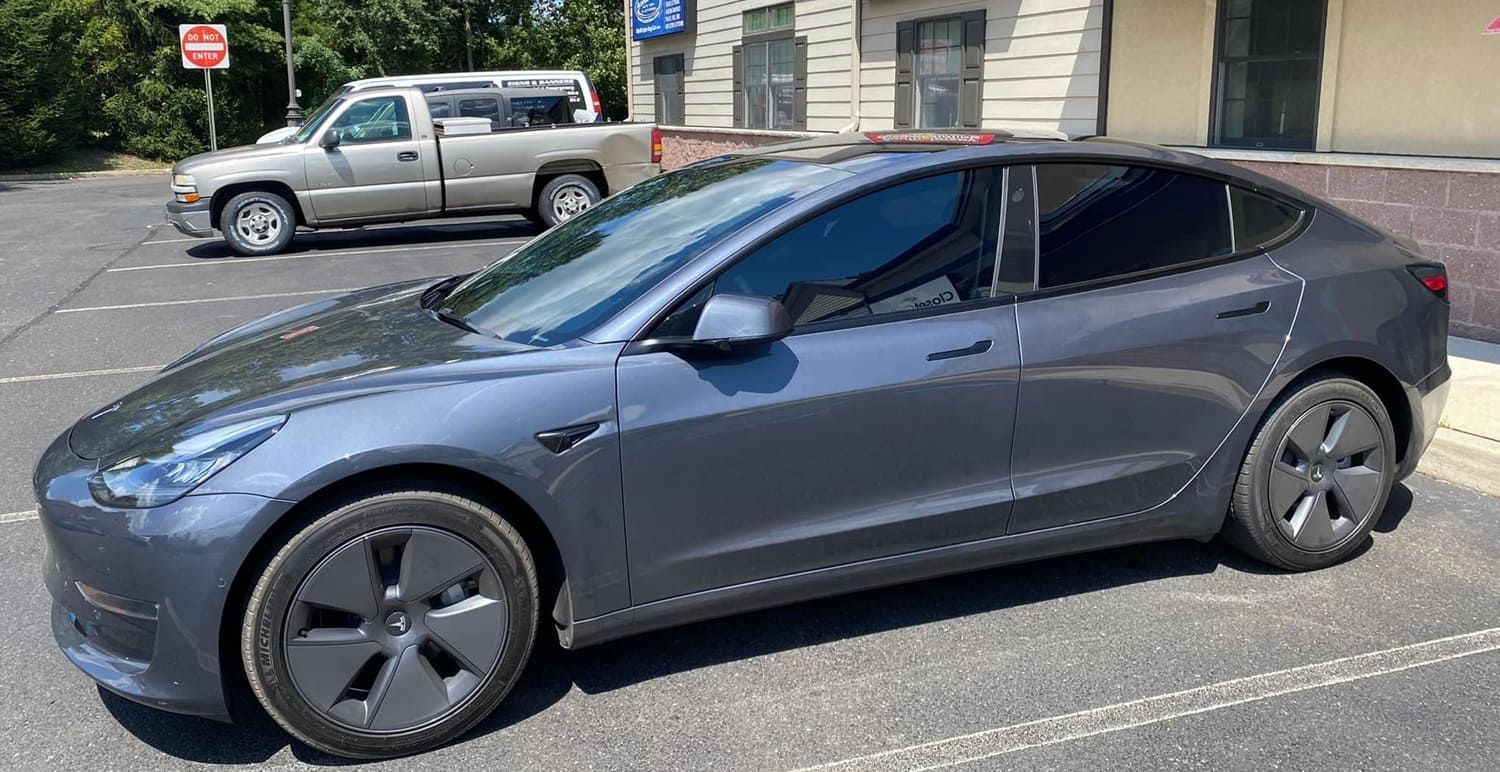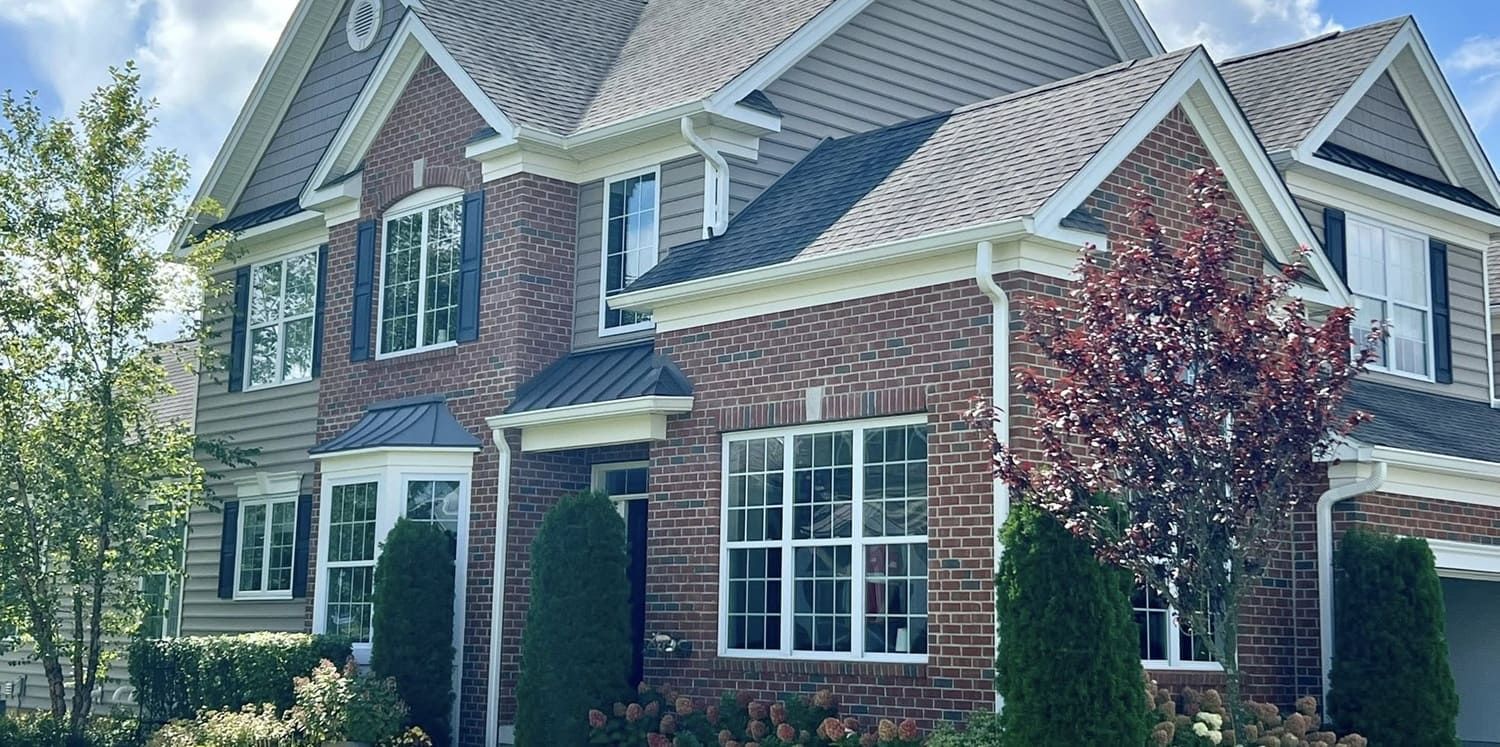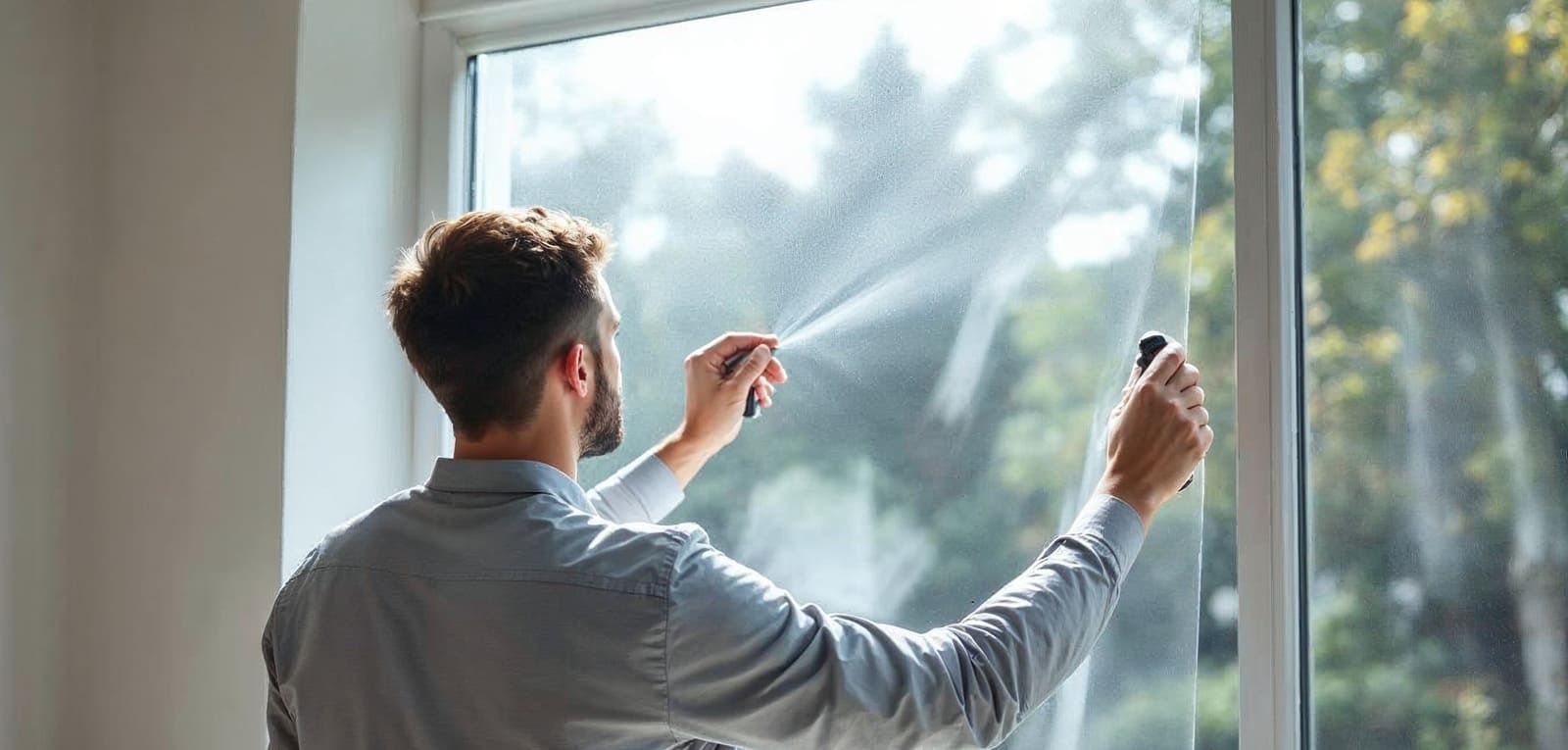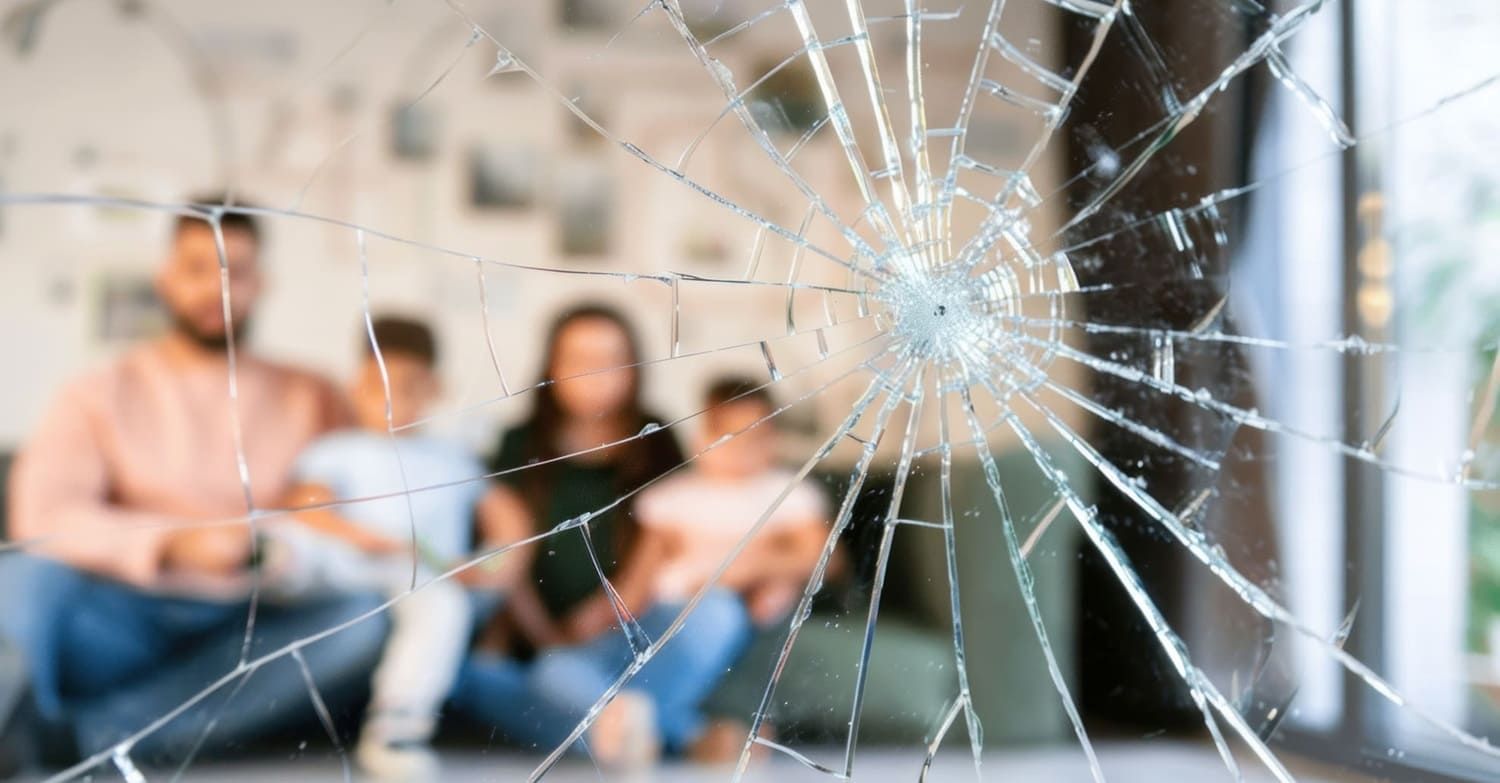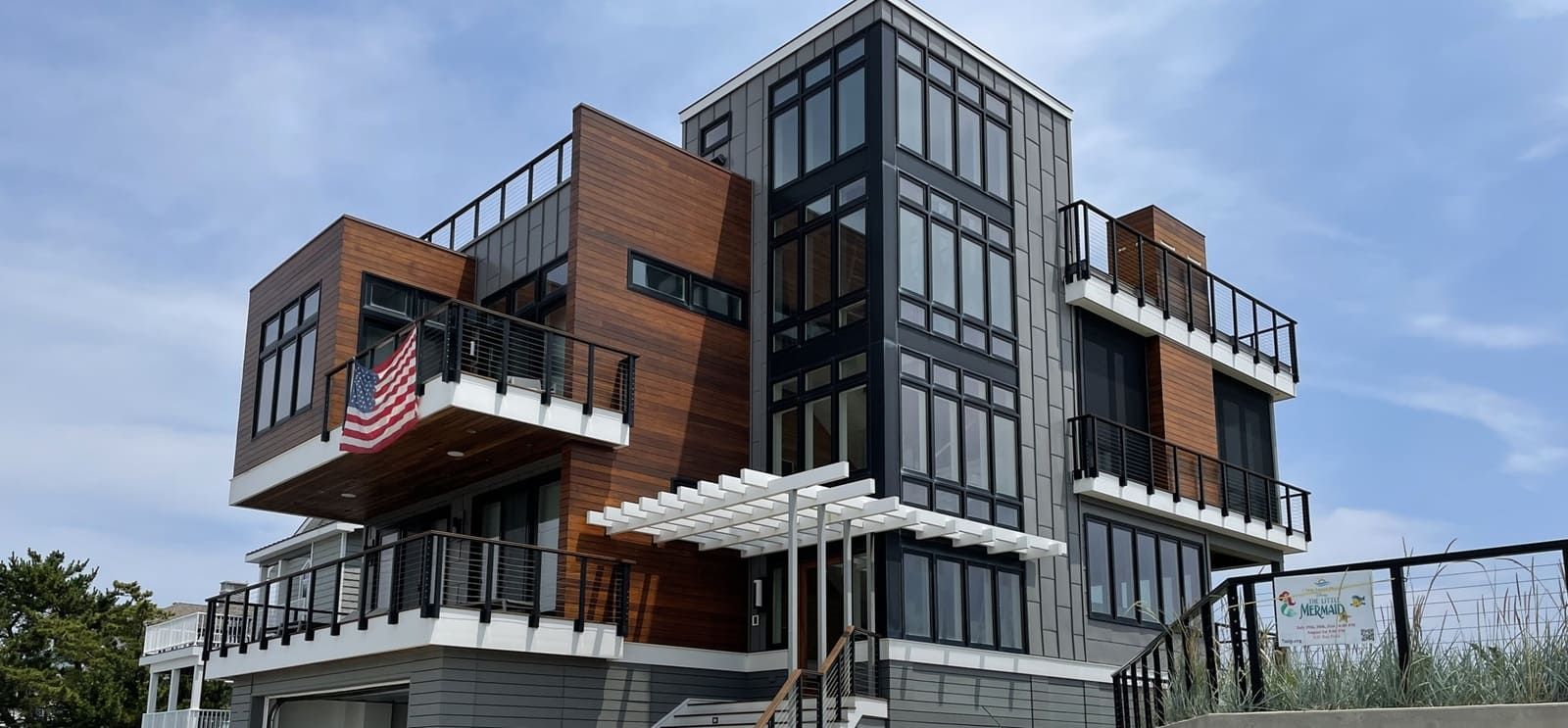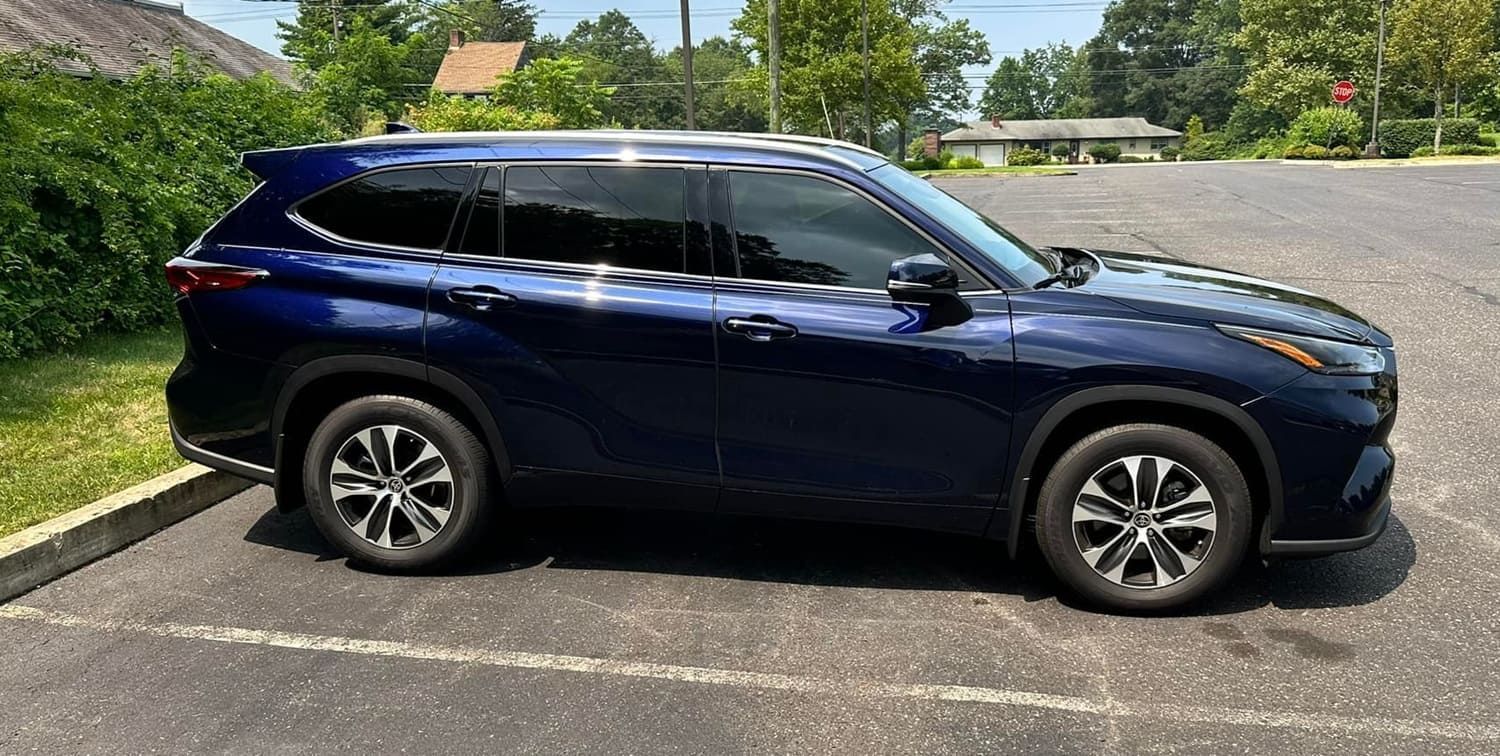Best Places to Install Safety Film in Your Home
Safety film is an invaluable addition to any home, offering increased protection and peace of mind. It is designed to hold shattered glass together, reducing the risk of injury and enhancing security. Whether you're looking to safeguard your family or protect against potential break-ins, understanding where to install safety film can make all the difference. In this comprehensive guide, we will explore the best places to install safety film in your home and delve into why it's a crucial investment for homeowners.
Safety film is a transparent, adhesive layer that is applied directly to glass surfaces. It works by reinforcing the glass, making it more difficult to break and less dangerous if it does shatter. This film can be installed on windows, glass doors, and other glass surfaces around your home. The film's adhesive properties ensure that broken glass fragments remain attached to the film, significantly reducing the likelihood of injury during accidents or break-ins.
The installation process is straightforward and can often be done by homeowners themselves or by professional window film installation services. For those who prefer a DIY approach, safety film kits are widely available, complete with instructions and the necessary tools. However, the precision required for a bubble-free application often leads many homeowners to opt for professional installation, ensuring a seamless finish that maximizes the film’s protective capabilities.
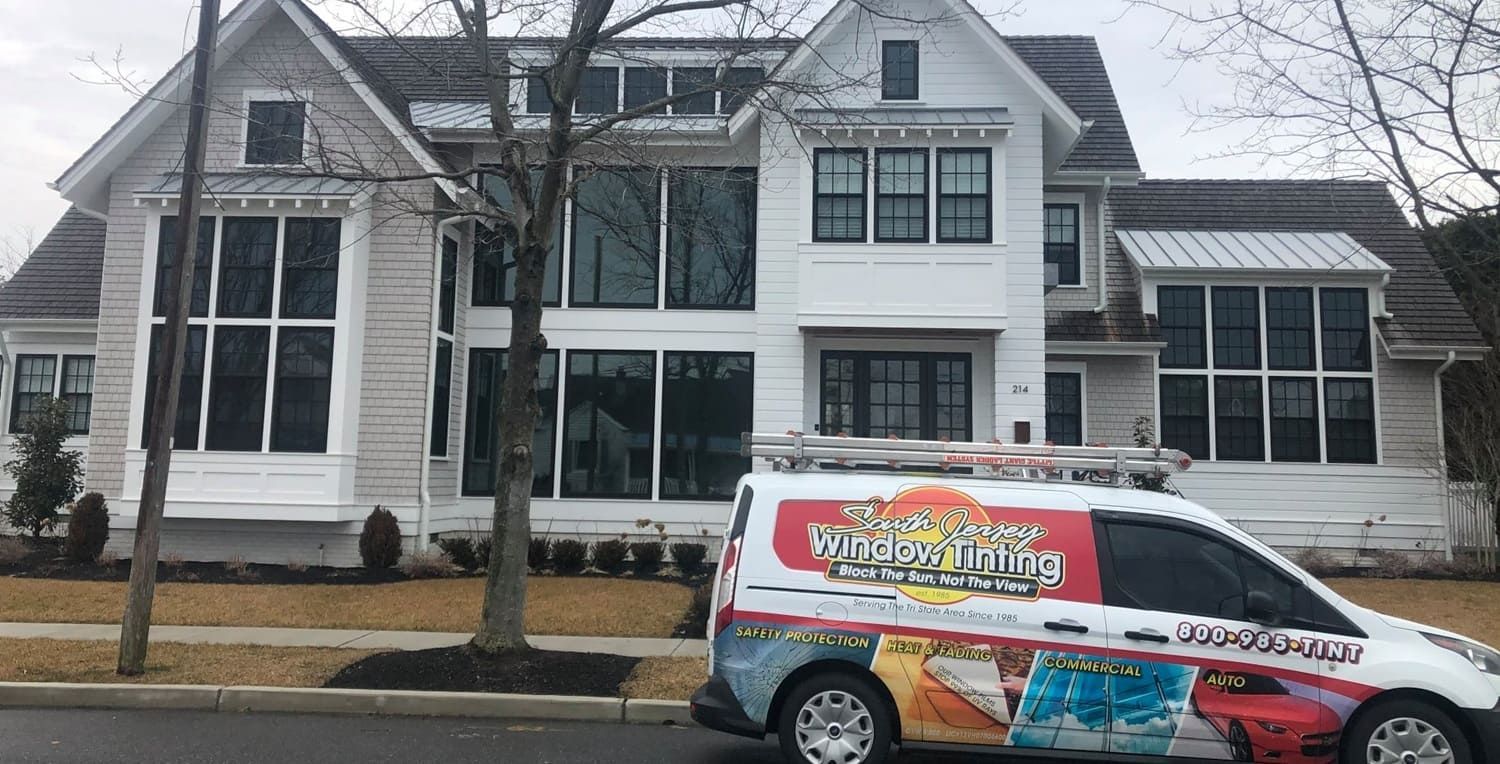
Key Benefits of Safety Film
Before diving into the specific areas of your home where safety film is most beneficial, let's first discuss its key advantages:
- Enhanced Security: Safety film strengthens glass, making it more resistant to breakage. This deters potential intruders and protects against vandalism. The film acts as a barrier, delaying forced entry and giving occupants more time to respond to threats.
- Injury Prevention: In the event of accidental breakage, safety film holds shards together, reducing the risk of injury from flying glass. This is particularly important in households with children or pets, where accidents are more likely to occur.
- UV Protection: Many safety films also block harmful UV rays, protecting your furniture and flooring from fading. By filtering out these rays, safety film helps preserve the vibrant colors of your interiors, extending the life of your home’s decor.
- Energy Efficiency: By reducing heat transfer, safety film can help regulate indoor temperatures and lower energy costs. The film acts as an insulator, keeping your home cooler in the summer and warmer in the winter, thereby enhancing overall energy efficiency.
Prime Locations for Safety Film Installation
Entryway Windows and Doors
Your home's entryways are the first line of defense against intruders. Installing safety film on windows and glass doors in these areas can significantly enhance security. Front doors with glass panels and sidelights are particularly vulnerable and should be prioritized. The strength that safety film adds to these glass components can act as a deterrent, making it more difficult for intruders to gain quick access. This added layer of protection can deter break-ins and provide peace of mind, ensuring that your primary entry points are well-fortified against threats.
Moreover, the aesthetic appeal of your entryway is maintained as safety films are designed to be virtually invisible, preserving the original look of your glass while enhancing its functionality. The peace of mind knowing your entryways are secure is invaluable, especially for families who may worry about the security of their homes when away or at night.
Patio Doors
Sliding glass doors or French doors leading to patios and backyards are common targets for burglars due to their large glass panes. Safety film installation on these doors not only increases security but also reduces the risk of injury from accidental impact or severe weather conditions. In storm-prone areas, the film can prevent glass from shattering during high winds or hail storms, providing an extra layer of protection for your home.
Furthermore, the application of safety film on patio doors can enhance privacy without sacrificing natural light. Privacy films can be chosen to obscure visibility from outside, which is particularly beneficial for doors that face public areas or neighboring properties. This ensures you can enjoy your outdoor spaces with the confidence that your home is both secure and private.
Bathroom Windows
Bathrooms are often overlooked when considering safety film installation, but they can benefit greatly from it. Glass windows in bathrooms, especially those near showers or bathtubs, pose a risk of shattering due to slips and falls. Applying safety film in these areas adds a layer of protection against such accidents. The moisture-resistant properties of many safety films make them well-suited for the humid environment of a bathroom, ensuring long-lasting performance.
Additionally, safety film in bathroom windows can enhance privacy, an important consideration in a space where privacy is paramount. Films with frosted or tinted options can prevent outsiders from seeing in while still allowing natural light to filter through, creating a bright yet private environment.
Children's Play Areas
In homes with children, safety is always a top priority. Windows near play areas or rooms where children frequently play should be fitted with safety film to prevent injuries from accidental glass breakage. Children are naturally curious and active, increasing the likelihood of accidents around glass surfaces. This simple addition can create a safer environment for your children, allowing them to play freely without the risk of encountering sharp glass edges.
Furthermore, having safety film installed in these areas also provides a sense of security for parents, knowing that even in the event of an accident, the risk of injury is minimized. This precautionary measure ensures that your home remains a safe haven for your family.
Basement Windows
Basement windows are another strategic location for safety film installation. These windows are often smaller and less visible, making them attractive points of entry for burglars. Reinforcing them with safety film can help deter unauthorized access and safeguard your home. The security film acts as a reinforcing layer, making it significantly harder for intruders to smash and enter through these often-overlooked entry points.
Moreover, in the event of a natural disaster or severe weather, having safety film on basement windows can help prevent flooding caused by broken windows. The film’s ability to hold shattered glass together can keep water and debris out, protecting your basement from potential damage.
Kitchen Windows
The kitchen is a high-traffic area where accidents can happen. Installing safety film on kitchen windows can prevent injury from broken glass due to mishaps or severe weather. Kitchens often have windows above sinks or countertops, where the risk of accidental impact is higher. It also provides additional security for ground-level windows that may be more accessible to outsiders, ensuring that your home remains protected on all fronts.
Additionally, safety film can contribute to the kitchen's energy efficiency by reducing heat transfer. This can be particularly beneficial in homes where the kitchen receives a lot of sunlight, helping to maintain a comfortable temperature and reducing the load on your HVAC system.
Sunrooms and Conservatories
Sunrooms and conservatories often feature large expanses of glass to maximize natural light. While aesthetically pleasing, these glass surfaces can be vulnerable to breakage. Safety film can protect these areas from storm damage and enhance their overall security. The film’s ability to withstand impacts makes it an ideal choice for these spaces, ensuring that you can enjoy the beauty of your sunroom without compromise.
Additionally, safety film can help regulate the temperature in sunrooms, which are prone to overheating due to their glass-heavy construction. By filtering UV rays and reducing heat transfer, the film helps maintain a comfortable environment, making these areas enjoyable year-round.
Choosing the Right Safety Film
When selecting safety film for your home, consider factors such as thickness, UV protection, and privacy features. Thicker films offer greater protection, while films with UV-blocking properties provide additional benefits by protecting your interiors from sun damage. It’s important to evaluate your specific needs, as some films also offer enhanced privacy, which can be beneficial in areas that require discretion.
Privacy films can also be an excellent choice for areas like bathrooms or bedrooms, where you may want to prevent outsiders from seeing inside. These films come in various styles and finishes, allowing you to customize the level of privacy and aesthetic appeal to suit your preferences. Consulting with a professional can help you determine the best film for each location in your home, ensuring optimal performance and satisfaction.
Professional vs. DIY Installation
While some homeowners may choose to install safety film themselves, hiring a professional can ensure a flawless application and optimal performance. Professional installers have the expertise and tools necessary to properly prepare the glass surface and apply the film without bubbles or creases. They can also provide recommendations on the best film types and thicknesses for your specific needs, ensuring that you make the most informed choice for your home.
Opting for professional installation can save time and guarantee a perfect finish, which is often difficult to achieve with a DIY approach. Professionals also offer warranties on their work, providing peace of mind that your investment is protected and that any potential issues will be addressed promptly.
Maintaining Your Safety Film
Once installed, safety film requires minimal maintenance. Regular cleaning with a mild soap solution and a soft cloth will help keep it in good condition. It's crucial to avoid using abrasive cleaners or sharp tools that could scratch or damage the film. Proper maintenance ensures the longevity and effectiveness of your safety film, allowing it to continue providing protection for years to come.
Additionally, it’s advisable to inspect the edges and surface of the film periodically for any signs of wear or damage. Addressing any issues promptly can prevent further deterioration and ensure that the film remains an effective barrier against breakage and intrusion.
Conclusion
At South Jersey Window Tinting, the best Safety and Security Films installers near you serving Medford, NJ, we help homeowners protect what matters most with expertly installed safety window films.
Incorporating safety film into your home is a proactive step toward enhancing safety and security. By strategically installing it in key areas such as entryways, patio doors, and children's play areas, you can protect your family and belongings from potential harm. Whether you choose to install it yourself or hire a professional, safety film is a worthwhile investment for any homeowner.
By understanding the benefits and best locations for window film installation, you can make informed decisions that improve your home's safety and provide peace of mind for you and your family. Implementing safety film not only enhances your home’s security but also adds value by offering protection against the elements, energy efficiency, and privacy, making it an essential feature for modern homes.
Contact South Jersey Window Tinting today for a free estimate and expert advice on the best safety film solutions for your home.
FAQs About Where to Install Safety Film in Your Home
Where should safety film be installed for maximum protection?
Focus on ground-level windows, glass doors, and large panels—anywhere intruders might enter or glass could break during an accident or storm.
Is safety film recommended for patio or sliding doors?
Yes. Glass patio doors are one of the most vulnerable entry points. Safety film helps reinforce the glass and delay forced entry or shattering.
Should I put safety film on bedroom windows?
Yes—especially for children’s rooms or first-floor bedrooms. It helps prevent injury from broken glass during accidents, earthquakes, or attempted break-ins.
Is it useful for bathroom windows or mirrors?
Yes. Safety film can be applied to glass shower doors, mirrors, and bathroom windows, helping contain glass if they’re accidentally broken.
Does safety film help in kitchens?
Absolutely. Install it on glass cabinet doors, nearby windows, or any area where hot pans or sharp objects could create a safety hazard.
Can I install it on skylights or overhead glass?
Yes, but it's best done by professionals. Safety film helps prevent dangerous falling glass in the event of cracks, hail, or pressure changes.
Should I apply safety film to interior glass doors?
Yes. Interior French doors, room dividers, or glass panels benefit from film, especially in homes with kids or pets.
Is the entryway a good place for safety film?
Definitely. Front doors with glass inserts or side panels are common targets for break-ins. Film helps reinforce them against impact.
What about upstairs windows—do they need safety film too?
If you live in a storm-prone area or have large or fragile glass upstairs, safety film adds peace of mind and protects from flying debris.
Can safety film be used on decorative or textured glass?
Yes, but the glass must be smooth and clean for proper adhesion. Some decorative glass may limit film effectiveness or clarity.
Does safety film make sense for rental properties?
Yes. It’s a non-invasive upgrade that enhances safety and helps protect tenants—especially useful in multi-unit buildings.
Is it worth installing safety film on garage windows?
Yes. Garage windows often go overlooked but are vulnerable to forced entry and accidental breakage from tools or storage shifts.
Are basement windows a high-priority location?
Yes. Basement or garden-level windows are easy access points for intruders. Film helps deter entry and contain broken glass.
Does safety film improve childproofing at home?
Absolutely. It reduces the risk of cuts or injuries from shattered windows or glass furniture in active households.
Should I use safety film on glass furniture or tables?
Yes. You can apply it to glass coffee tables, desktops, and shelving, making them safer in case of tipping or breakage.
Will it help protect against storm damage?
Yes. Safety film can reduce glass blowouts during high winds or flying debris, which is crucial in hurricane- or tornado-prone areas.
Can I use safety film on older windows instead of replacing them?
Yes. It’s a cost-effective way to reinforce outdated or non-tempered glass, especially in older homes or historic properties.
Is safety film effective on double-pane windows?
Yes, but installation requires care. Professionals can apply film to double-pane or insulated glass units without affecting performance.
Do all glass doors in a home need safety film?
It’s highly recommended for any full-glass door—interior or exterior—especially those in high-traffic or child-accessible areas.
How do I decide where to start with safety film installation?
Start with entry points and high-risk areas: front doors, sliders, ground-floor windows, and kids’ rooms. Then expand based on your home’s layout and needs.


